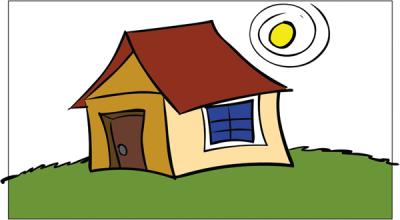We live in an era that is deprived of architectural knowledge and understanding. These flaws become flagrant through our erroneous concept of planning. Our perception of planning as being merely the application of design and architecture to individualized buildings in the specific context of their natural or immediate environment, is close to atavistic. Buildings tend to overwhelm and even subjugate the surrounding natural habitat with no regard for consequences. Our local development trends belie the current needs expressed by our culture and populace as we rely very heavily on a model of planning that disconnects and disrupts life from the built environment.
We are submerged with pictures of avant garde structures, modernist buildings, to large scale structures, and get taken away in the pursuit of novelty that we forget all too often that those structures are not ornaments, but meant to host life- in its various forms.
Mauritius finds itself in a very important position, priding itself as a leader of the african world and striving for economic prosperity, and thus adopts (mostly blindly) modernist models. Our people are not mere numbers on a spreadsheet nor static figures on paintings. Life is harvested through various means and while other countries are slowly comprehending this, it is an important time for us to redefine modernity and set our own path to symbiosis with society, economy, and ecology. We need to acknowledge our fate and understand the implications of our current trend. We need to be able to ask the embarrassing questions like; how many centuries of culture are we prepared to destroy? How many cities are we prepared to erect that will be disruptive to life? How many billions are we prepared to waste in fuelling an unsustainable trend? and how many lives are we ready to spare in our quest for “modernity”? ?The majority of us spend most of our time in transit, or in residence within buildings. It is therefore incomprehensible that so little attention is paid to our built environment and its surroundings. Should we ponder on that dichotomy, we would be forced to confront the fact that our designing principles are no longer present to address the need for comfort and functionality. The critical components of design and its interaction with people, culture and nature have been flagrantly ignored. Our ‘urban designers’ have waved farewell to their ethics and intellectual creativity since they seem set on this dissonant trend. The blame however, cannot be shouldered only by them but also by the institution that validates their designs and ideologies.?In professional circles, it is usually assumed that a linear correlation can be drawn between the individual initiating an action and its resultant consequences. However, in complex organizational institutions, it can be difficult to ascertain such a path. What seems to occur is a blind acceptance of design as it is suggested from the top of the hierarchy and then carried to fruition by those at the bottom, of the power chain. The trend to accept instructions without questioning motive or purpose is prevalent. Hence, the individual that carries out the act, becomes more important than the end results; the actor outweighs the action.
Witnessing those constant issues and the cacophonous trend of our cities, one would be well in his right to ask: are planners actually monitoring the cause-effect principle of their designs?
THOUGHTS ON URBANISM : Understanding the need for change
- Publicité -
EN CONTINU ↻


